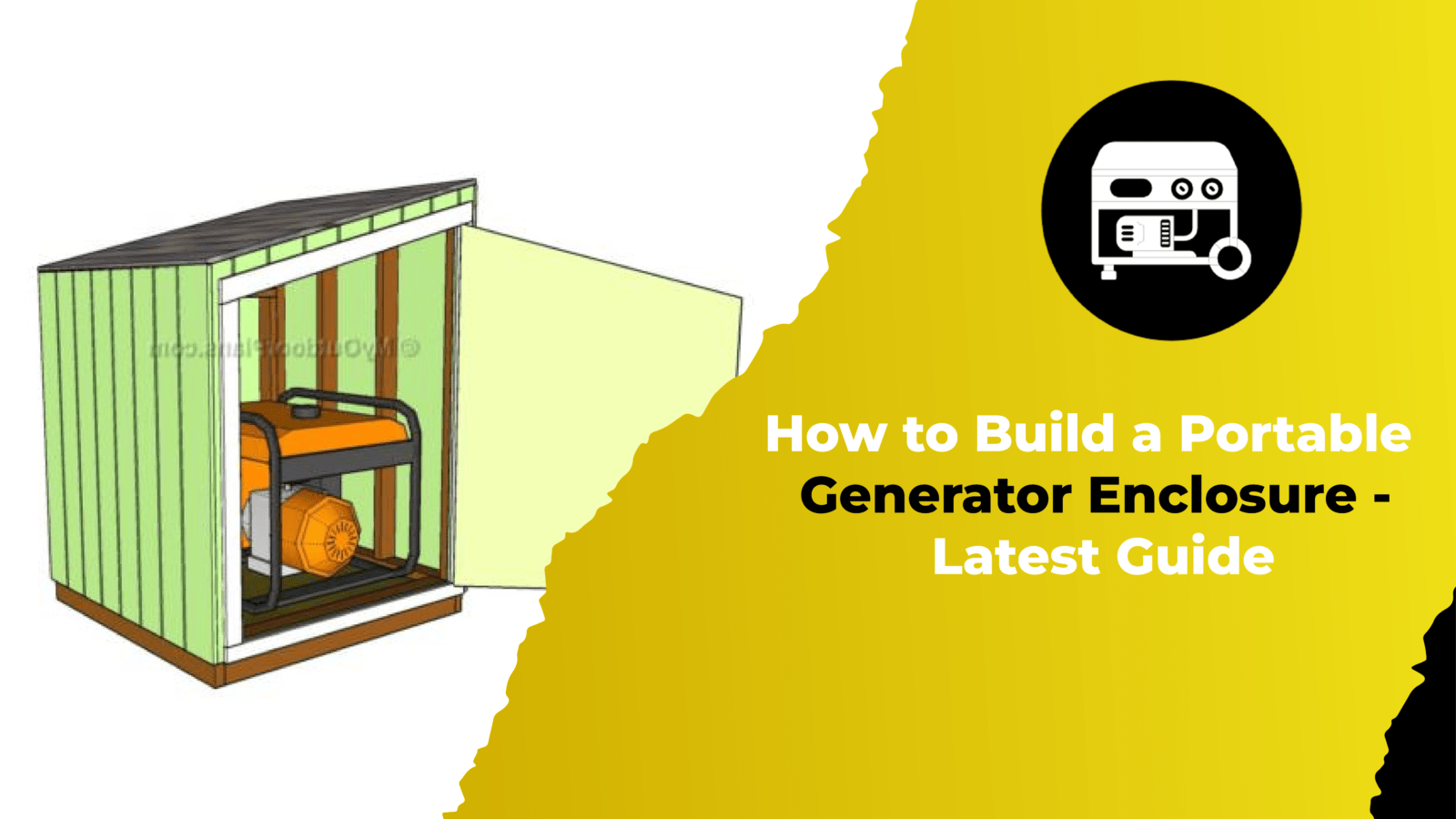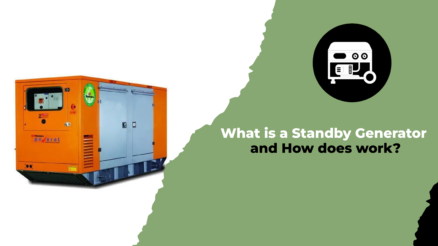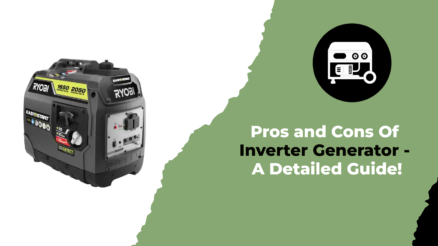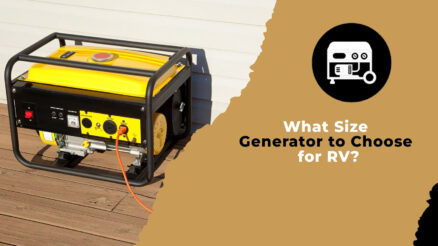A portable generator is really just a big box with an engine and some electrical wiring when you think about it. So why not put that big box in a nice enclosure? That’s what we’re here to talk about today – How to Build a Portable Generator Enclosure?
There is certainly a place for those types of generators; there are also many more options available now than ever before. One such option is the portable generator enclosure. This guide will explore what a portable generator enclosure is and why you might consider using one. Moreover, we will discuss where to place the generator and what are the generator room requirements?
Can you Encloser a Portable Generator?
Yes, you absolutely can enclose a portable generator. Portable generators are just what the name implies: portables. That means they come in one or more pieces that can be moved and assembled anywhere in your home. With that in mind, it stands to reason that if we want to place our generator outside, we’re going to have to put the generator in a portable enclosure. Otherwise, it would be exposed to the elements.
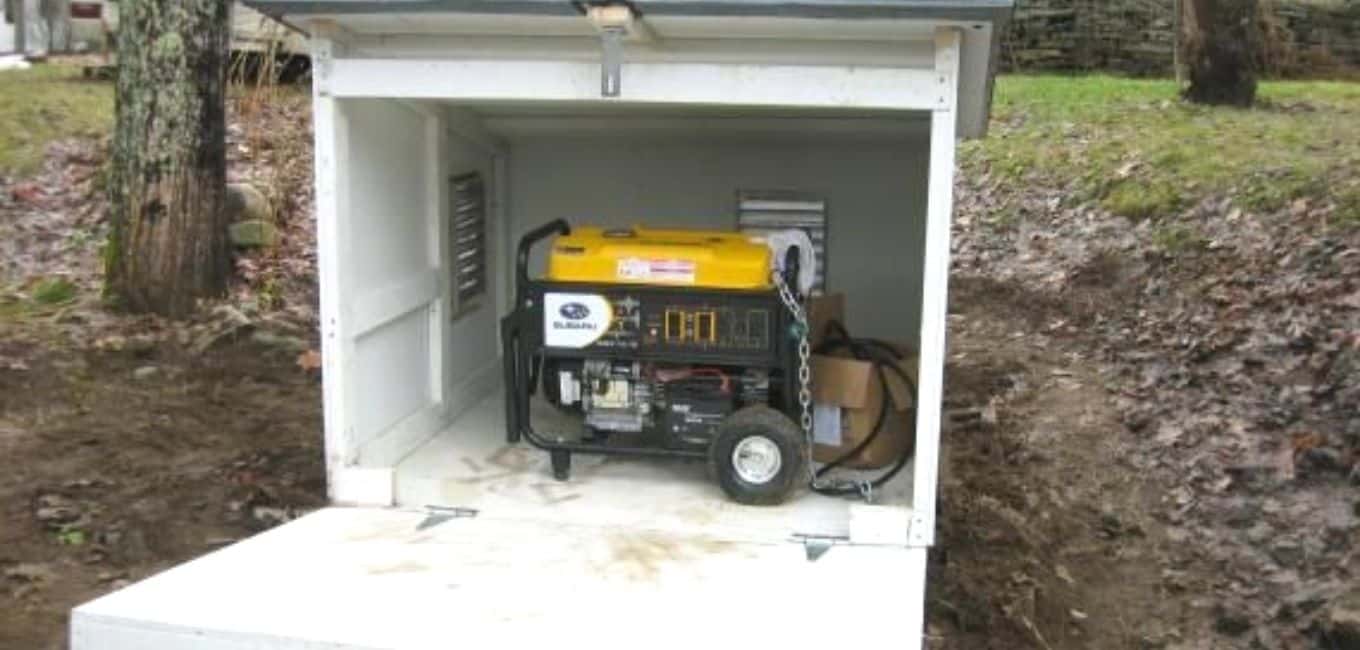
The most popular of these housings are metal generators because they are usually built to withstand the elements. Plastic generators are often used if you need to mount your generator in an area with the potential for moisture build-up, creating rust and corrosion issues.
There are several portable enclosures, including metal housings that connect, cover the generator entirely, or provide sides for protection. The amount of protection you need is dependent on your environment.
How to build a generator enclosure?
The steps are relatively easy if you decide to build a portable generator enclosure. The easiest way is to find a container or box that will fit your generator and place it inside the structure of your choice.
Take into consideration whether you want access to the backside of the unit in addition to Front/Back/Top access when determining which type of enclosure to build.
The enclosure should be long and flat enough for the generator and short and wide enough to fit through any doorways or other openings you’ll need to access during installation. If you’re unsure, it’s best to take your unit with you when planning to enclose a portable generator.
Read More: How Long Can a Whole House Generator Run
Types of Generator Enclosures
The following are types of generator enclosures:
Most of these enclosures are just single walls or panels that you place around the unit. The two main types are open-sided and closed-off.
Open Enclosures
Open enclosures provide better cooling for generators, but children or animals can access them.
Closed Off Enclosures
Closed enclosures protect children and animals from accessing the generator. They’re more secure than open enclosures, but they could overheat the unit.
Materials Needed to Build a Portable Generator Enclosure
The following are the materials required for building enclosure:
- Plywood, 2″x4″, 1/2″ plywood or metal panels.
- Screws for fastening panels together.
- Tools to cut, screw, and drill.

Factors to Consider When Planning to Build a Generator Shed
The following are the factors to consider when planning on building a generator shed:
Location of the Generator Shed
Be sure that you have easy access to the generator so you can hook your equipment up when you need it. Also, it’s important to consider the size of the generator, and it needs to fit within the generator shed with easy access through the doorway.
Access Doorway
The door should be big enough to fit the generator.
Operating Temperature
If you live in a cold area and plan on enclosing your generator, consider running it for short periods of time to keep the equipment warm.
Environmental Risk
If the generator will be stored outside, make sure you pick a generator enclosure that will give maximum protection to your unit.
Power Requirements
The enclosure should provide the electrical hookups and outlets you’ll need to operate your equipment.
Safety Requirements
Make sure that the enclosure you choose provides lockable doors, if necessary. Also, the enclosure should be secure enough to protect children and pets.
How much Ventilation does a Portable Generator Need?
Portable generators will need some type of ventilation. Ventilation helps to keep moisture from building up inside your enclosure. In general, there should be a minimum of 4 square inches of opening for every 1000 watts of generator size. For example, an 8000-watt generator would require at least 32 square inches of ventilation. The larger the generator, the more airflow is needed.
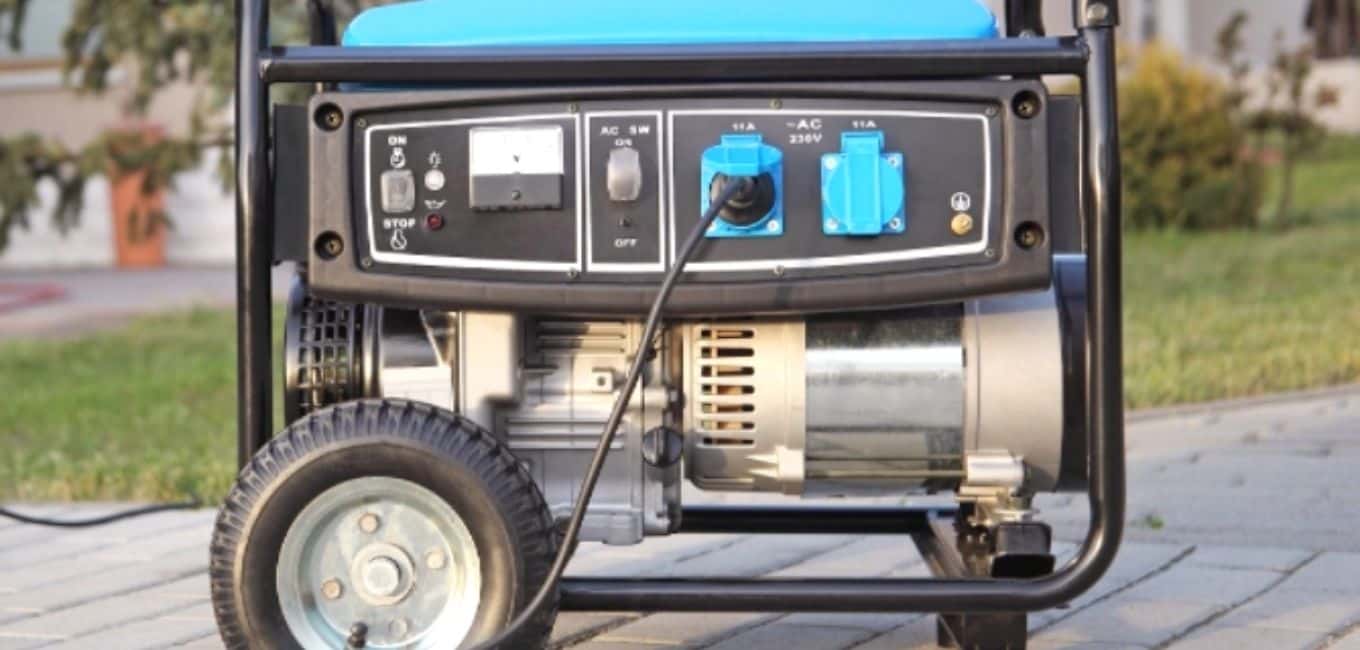
Generator Covers for Outside while Running
If you’re going to operate your generator outside, a generator cover is necessary. The cover will help protect the unit from rain and other debris, and it will also help keep it cooler during hot days. A cover isn’t necessary if you’re going to operate the generator in a full enclosure, like a shed.
Portable Generator Enclosure it yourself
Portable generator enclosures are fairly easy to build. If you can install a door frame, then you’re most of the way there. It’s recommended to have a professional electrician hard wire the generator to your house, especially if you plan on powering your entire house with it.
If you’re just looking to provide power for some extra outlets in your house, then you can do this yourself. Installing the wiring isn’t too difficult.
The generator must be placed on a flat surface to avoid strain on the motor. The wheels of your enclosure should have locks on them so they can’t be moved.
The Portable Generators Buying Guide
It would help if you considered your specific needs when buying a generator enclosure
DURABLE
You should buy a generator enclosure that is sturdy and durable. Some enclosures are made from galvanized steel to keep them from rusting. It’s good to choose something with locking doors if you plan to use it outside.
VENTILATION
You should look for an enclosure with plenty of ventilation, and this will prevent the generator from overheating, which could damage it or cause injury. For every 1000 watts of generator size, you should plan on having at least 4 square inches of opening.
PLENTY OF SPACE
The generator should be placed on a flat surface inside of the enclosure. Make sure there is plenty of space around it to prevent overheating.
ACCESSIBLE POWER SOURCE
You should plan on hard-wiring the generator to your house if you are planning on powering your entire house with it. This will make the job much easier, but you can do it yourself if you don’t want to pay for professional installation.
Shop around for the best prices and features. A generator enclosure might be a little more expensive than an enclosure, but it will provide much better soundproofing. Be on the lookout for deals and coupons.
Portable Generator Enclosure – FAQs
CONCLUSION
So that’s it for this article! Hope you guys liked it. Be sure to let us know in the comments section what you thought of the article and how you plan on building your portable generator enclosure. Also, if you have any other questions about portable generators or enclosures, feel free to let us know.


